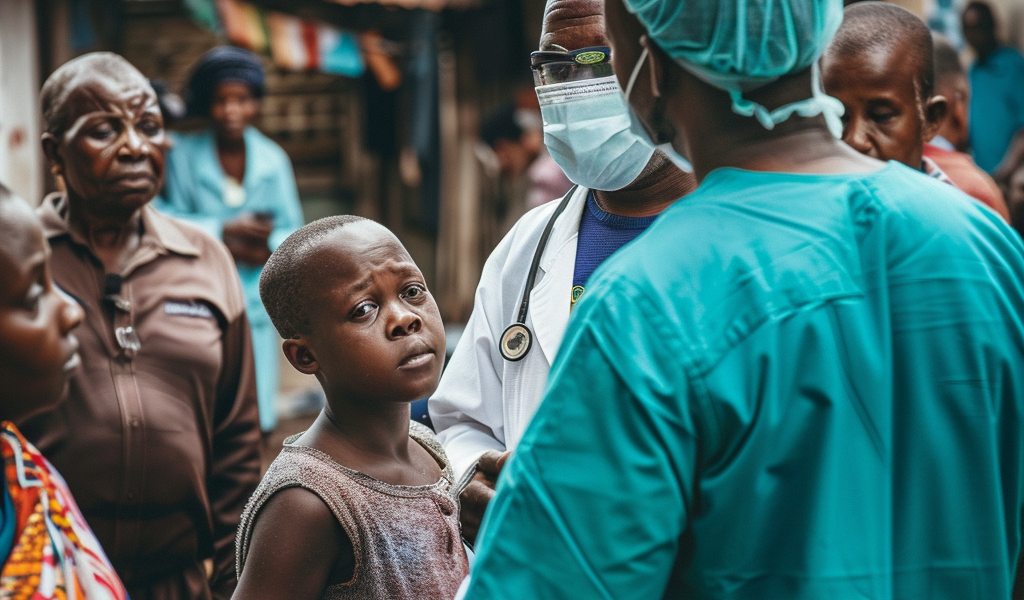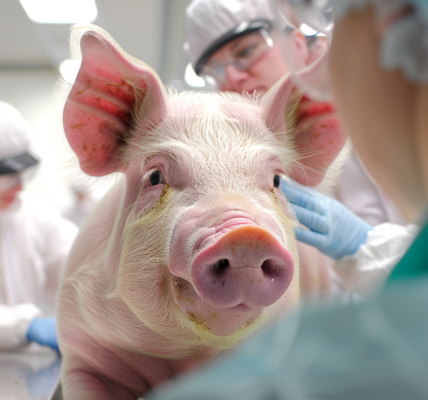The World Health Organization (WHO) has released alarming new data regarding tuberculosis (TB), revealing that approximately 8.2 million individuals were newly diagnosed with the disease in 2023. This figure marks the highest number recorded since the WHO began monitoring TB globally in 1995, reflecting a significant increase from the 7.5 million cases reported in 2022. As a result, TB has reclaimed its position as the leading infectious disease killer, surpassing even COVID-19.
According to the WHO’s Global Tuberculosis Report 2024, the ongoing battle against TB showcases a mix of progress and persistent challenges. While the number of deaths related to TB decreased from 1.32 million in 2022 to 1.25 million in 2023, the overall incidence of the disease has risen slightly, with an estimated 10.8 million individuals falling ill with TB in 2023.
The burden of TB is disproportionately felt in 30 high-burden countries, with India accounting for a staggering 26% of global cases. Other countries significantly impacted include Indonesia (10%), China (6.8%), the Philippines (6.8%), and Pakistan (6.3%), collectively representing 56% of the world’s TB burden. The report also highlights demographic disparities, indicating that 55% of those who developed TB were men, while women constituted 33%, and children and young adolescents made up 12%.
Dr. Tedros Adhanom Ghebreyesus, WHO Director-General, expressed outrage at the continued toll of TB, stating, “The fact that TB still kills and sickens so many people is an outrage, when we have the tools to prevent it, detect it and treat it. WHO urges all countries to make good on the concrete commitments they have made to expand the use of those tools, and to end TB.” This statement underscores the urgent need for countries to enhance their TB prevention and treatment efforts.
In 2023, the gap between the estimated number of new TB cases and those reported has narrowed to approximately 2.7 million, a significant improvement from the COVID-19 pandemic levels, which saw a discrepancy of around 4 million in 2020 and 2021. This positive trend follows substantial national and global efforts to recover from the disruptions caused by the pandemic on TB services.
Moreover, the coverage of TB preventive treatment for individuals living with HIV has been sustained and continues to improve for household contacts of TB patients. However, the ongoing crisis of multidrug-resistant TB (MDR-TB) poses a significant challenge to public health. Although treatment success rates for MDR/RR-TB (multidrug-resistant or rifampicin-resistant TB) have risen to 68%, only 44% of the estimated 400,000 individuals who developed MDR/RR-TB were diagnosed and treated in 2023.
One of the critical issues highlighted in the report is the funding gap for TB prevention and care. In 2023, global funding for TB initiatives has decreased further, remaining significantly below the necessary target levels. Low- and middle-income countries (LMICs), which bear 98% of the global TB burden, are facing severe funding shortages. Only $5.7 billion of the $22 billion annual funding target was available in 2023, amounting to a mere 26% of the global requirement.
International donor funding for TB initiatives in LMICs has stagnated, hovering around $1.1 to $1.2 billion annually. This lack of financial support is critically undermining efforts to combat the disease and implement effective prevention measures.
As the world grapples with the resurgence of tuberculosis, the need for increased awareness, investment, and commitment to addressing this public health crisis has never been more urgent. The WHO’s report serves as a call to action for governments, health organizations, and communities to prioritize TB elimination strategies and ensure that the necessary resources are allocated to combat this preventable and treatable disease.





